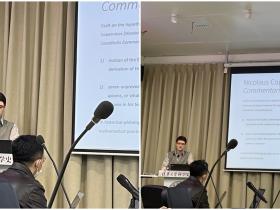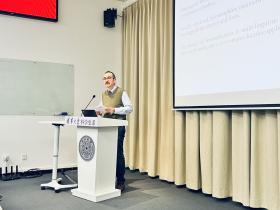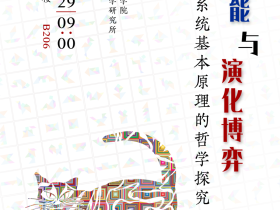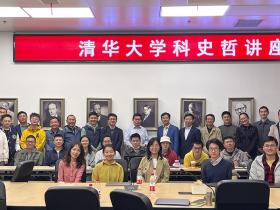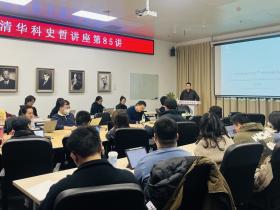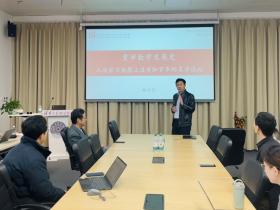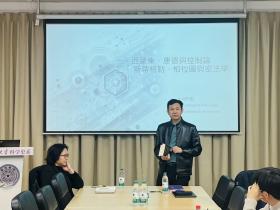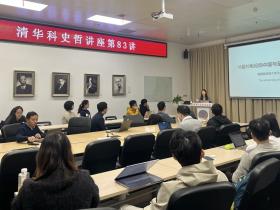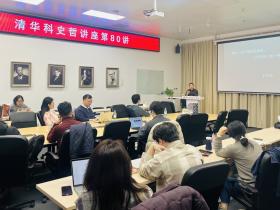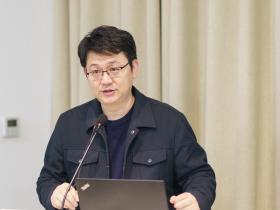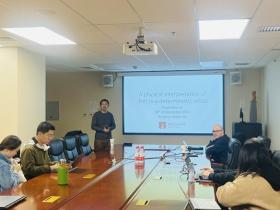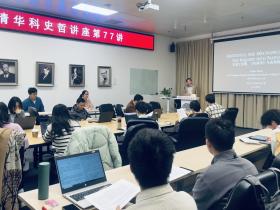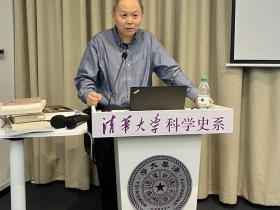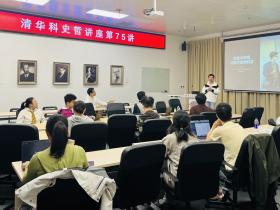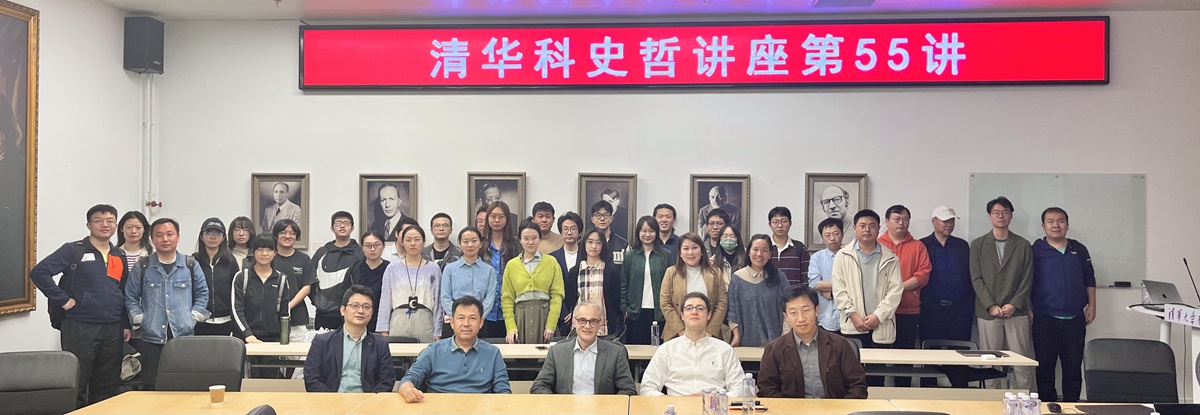
On the afternoon of October 16, 2023, the 55th Tsinghua Lecture on the History of Science, Philosophy, and Technology was held in the department's auditorium. The lecture featured Professor Matteo Valleriani from the Max Planck Institute for the History of Science in Germany. His presentation was titled “The Sphere: The Evolution of the European Knowledge System and the Formation of a Shared Scientific Identity”, and it was chaired by Associate Professor Jiang Che, Deputy Director of the Department of the History of Science at Tsinghua University.
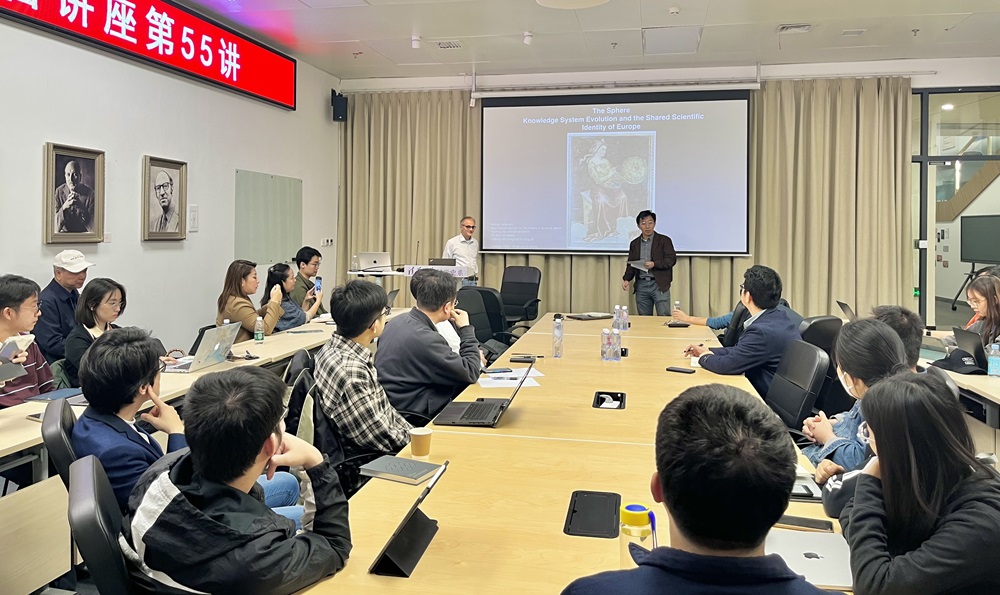
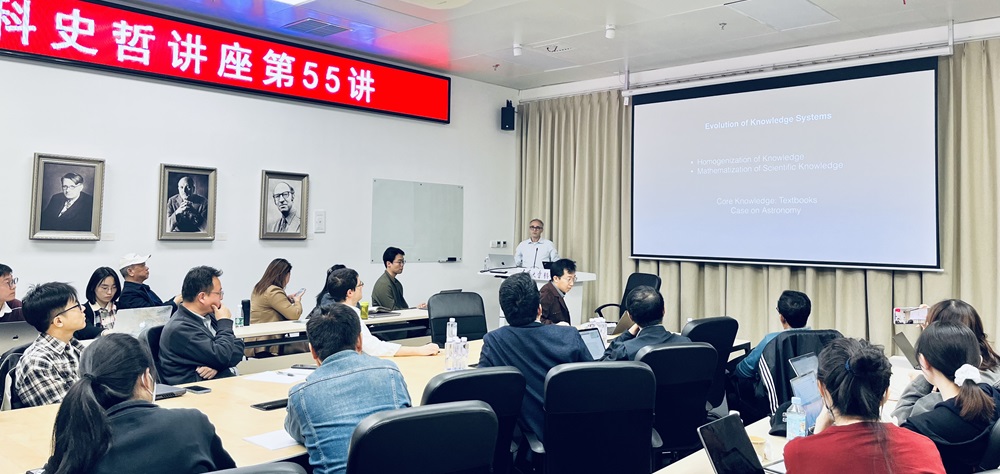
Professor Valleriani began by explaining that he would use data analysis and modeling to quantify the accumulation of knowledge and understand the mechanisms of knowledge transformation, particularly focusing on how scientific knowledge became homogenized across early modern Europe. During this period, universities across Europe taught the same astronomical knowledge, unlike in the Middle Ages. By examining changes in textbook content, one can identify the characteristics of structural changes in knowledge.
He highlighted the 13th-century treatise De sphaera by Johannes de Sacrobosco as a pivotal text in Western astronomical literature. This book, used as a textbook until the 17th century, underwent 359 editions between its first printing in 1472 and its last in 1650. These editions of De sphaera form a dataset that can be analyzed for information about the book's content, significant editions, and the socio-economic contexts of its production.
Professor Valleriani introduced the concept of “knowledge atoms”,which refer to the atomization of the De sphaera text. This atomization represents a standard procedure for creating new scientific knowledge from antiquity to the early modern era. These knowledge atoms include textual units, illustrations, and tables within each edition of the book. By identifying specific knowledge atoms, researchers can study their reuse and reprinting after their initial appearance, facilitating specialized studies.
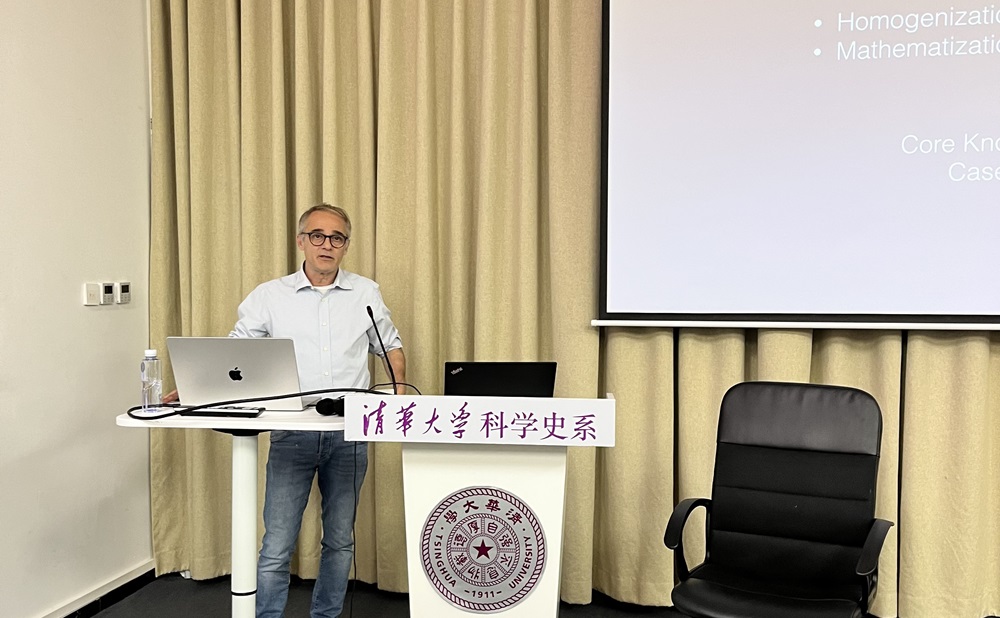
Each knowledge atom can be linked to a semantic network of co-occurring atoms and a diachronic network showing its evolution over time. This approach allows researchers to identify how printed books facilitated the homogenization of knowledge through reprinting, adaptation, and imitation across Europe. Many popular editions were printed in Wittenberg during the Reformation, illustrating how the Reformation influenced scientific and educational content across Europe. The textbooks and other printed materials from Wittenberg formed a centralized network structure.
Professor Valleriani emphasized the need to understand the relationship between the homogenization of knowledge and the social, economic, and institutional transformations that enabled the production, dissemination, and use of these textbooks. He explained that printers and publishers, driven by profit motives and the desire to avoid bankruptcy, often reused the same textbooks and minimized revisions, which further promoted the spread of standardized texts and the formation of a shared scientific identity across Europe.
In conclusion, Professor Valleriani thanked the audience for their interest in the “The Sphere” project and its methodologies. He then engaged in a lively Q&A session, addressing questions related to the formatting of printed books, the use of datasets, and specific methods in the digital humanities.


